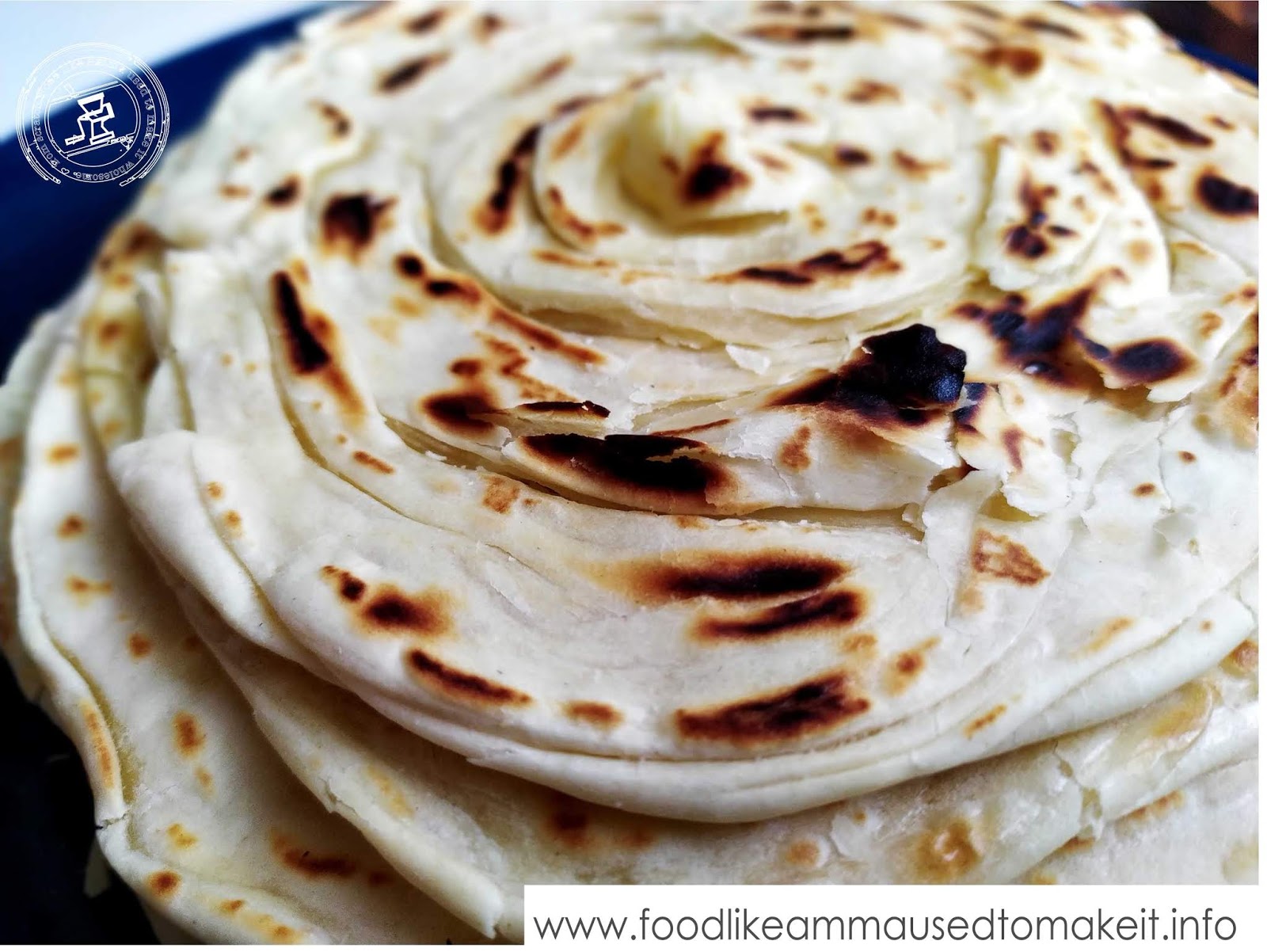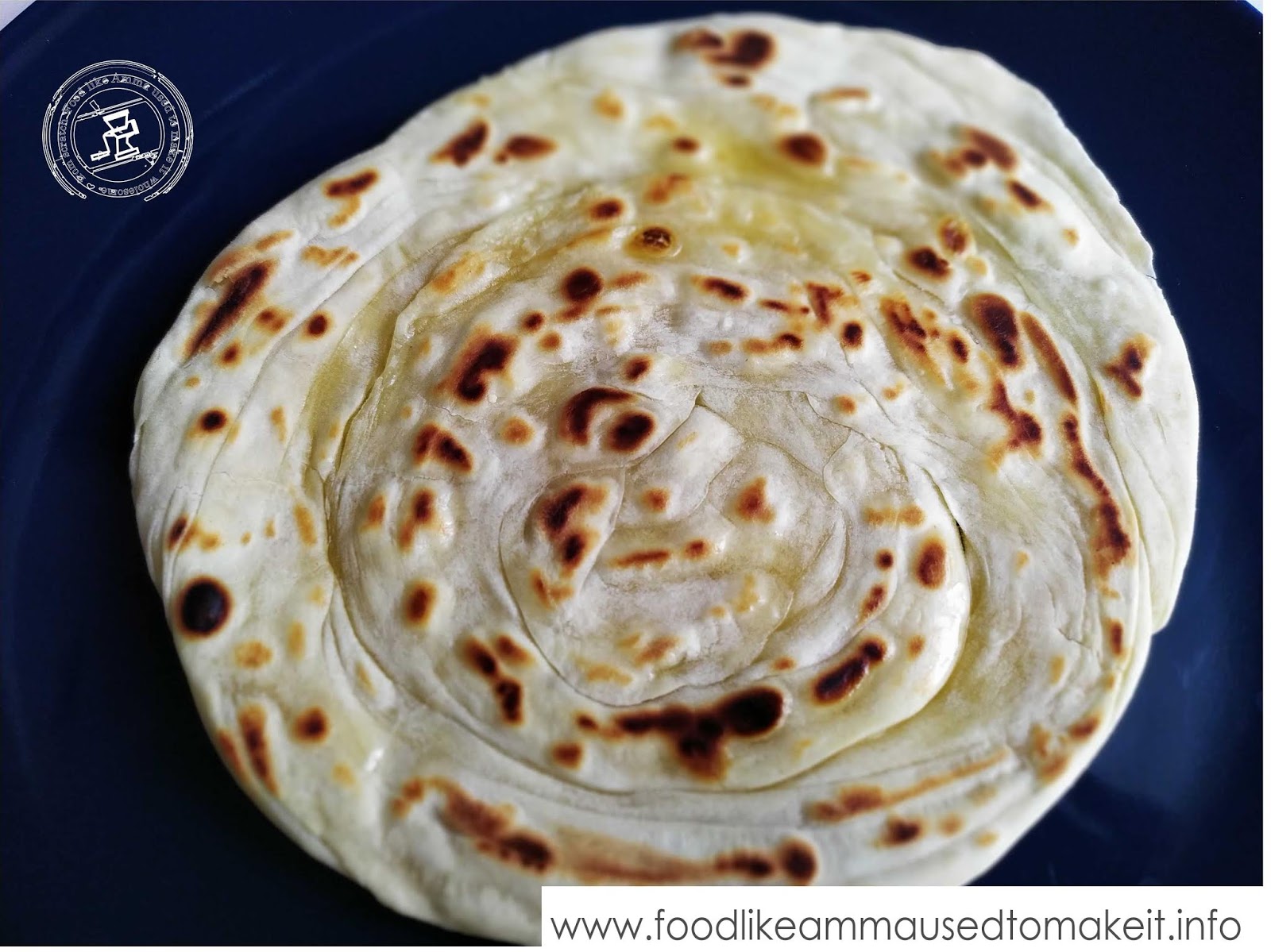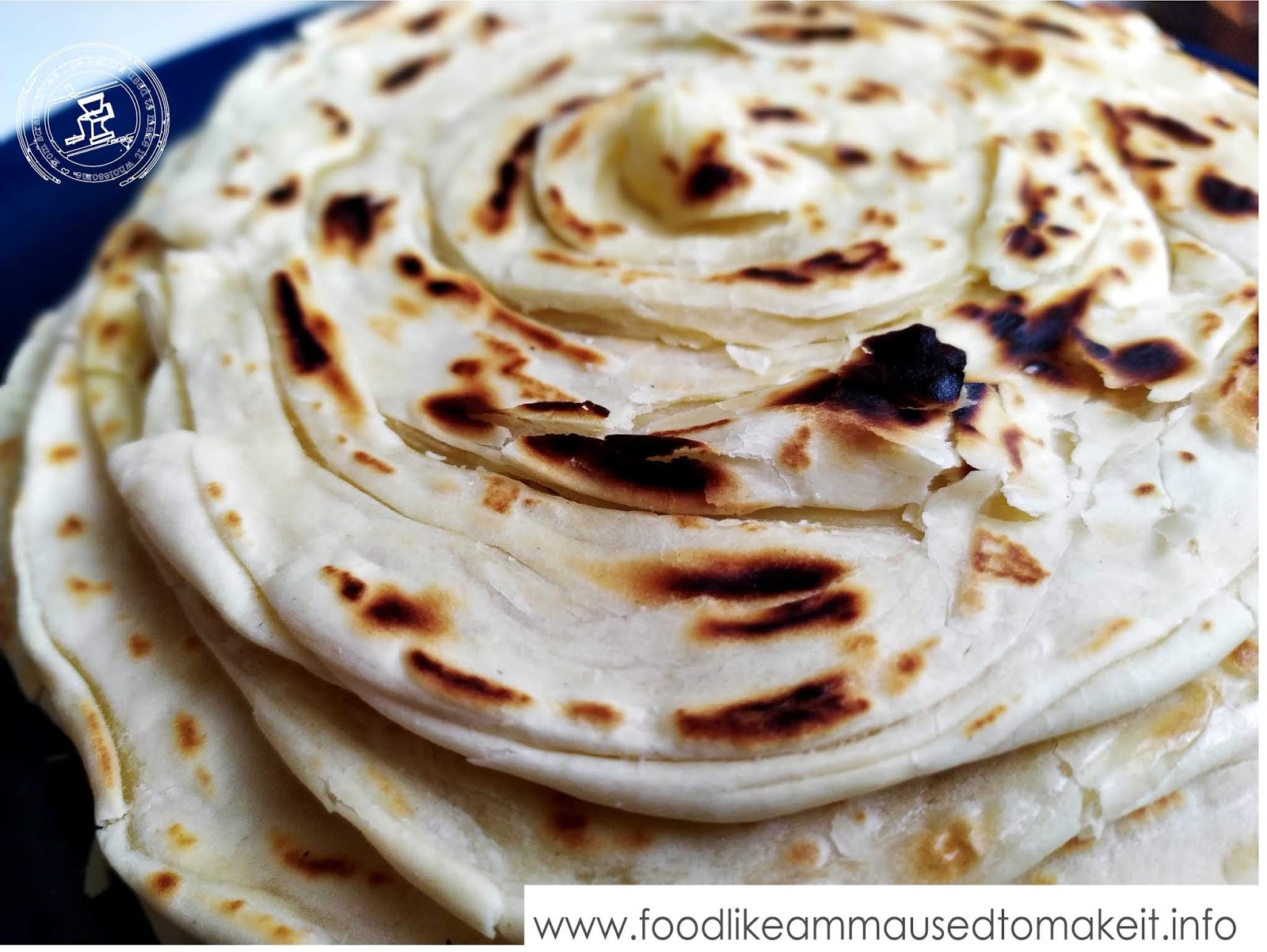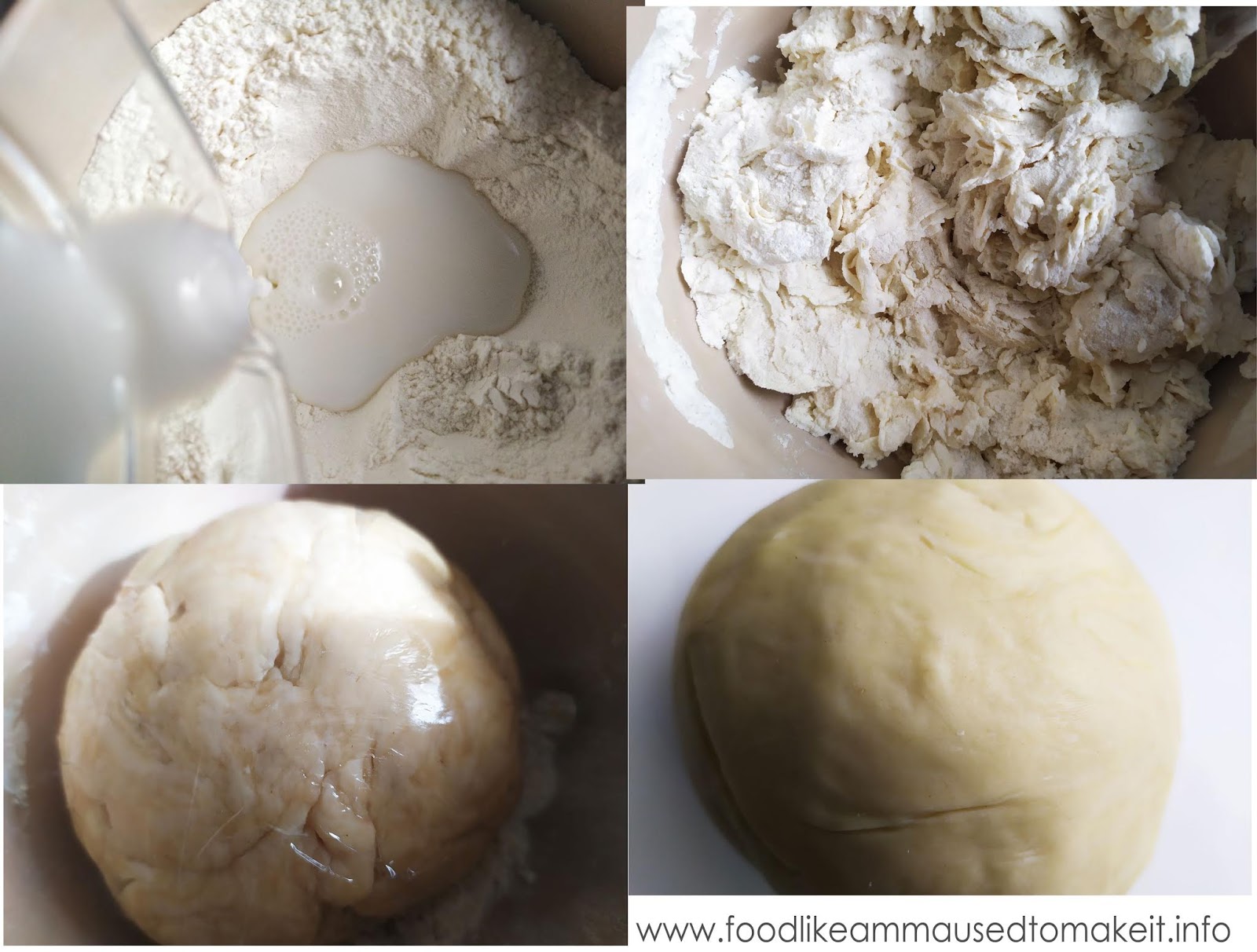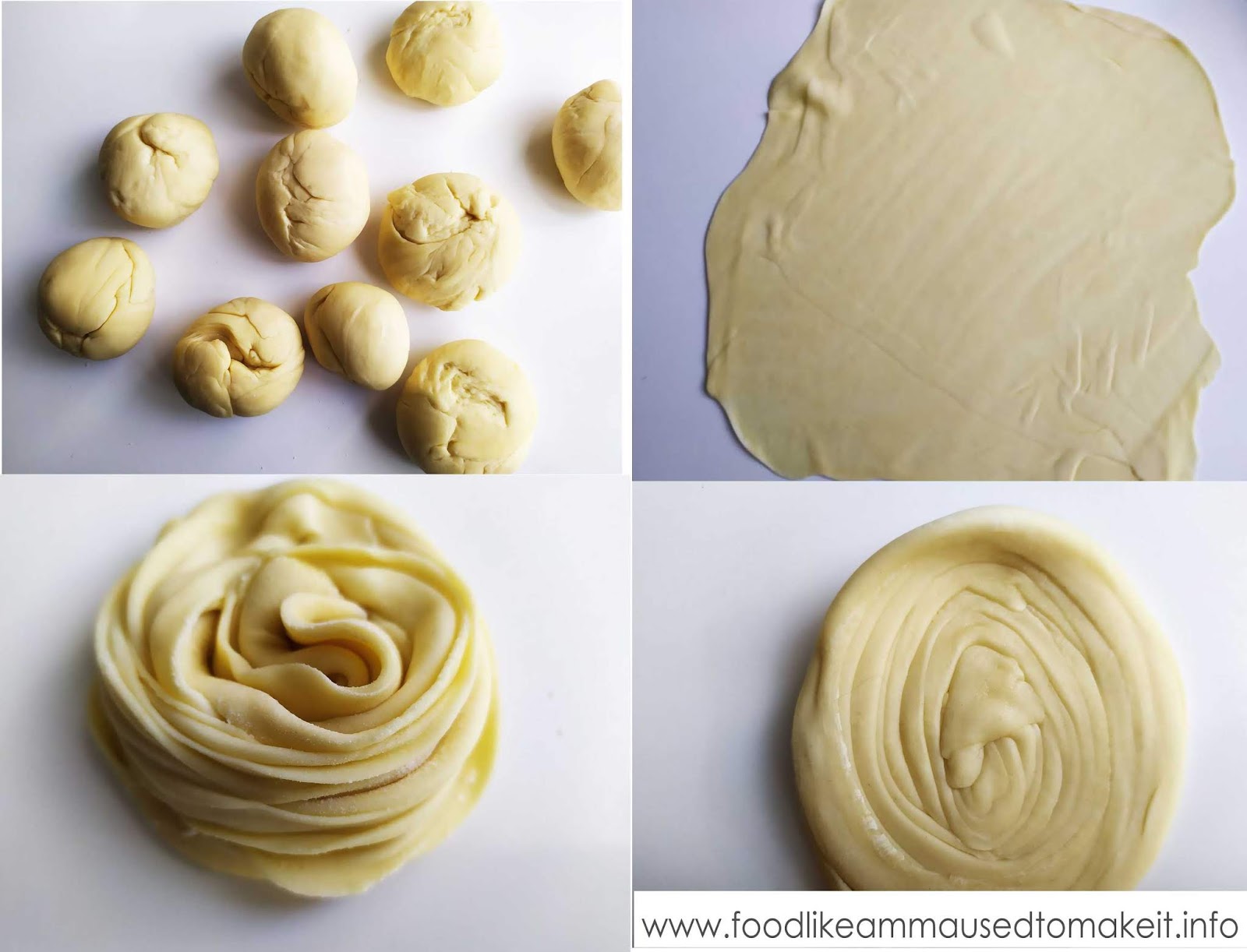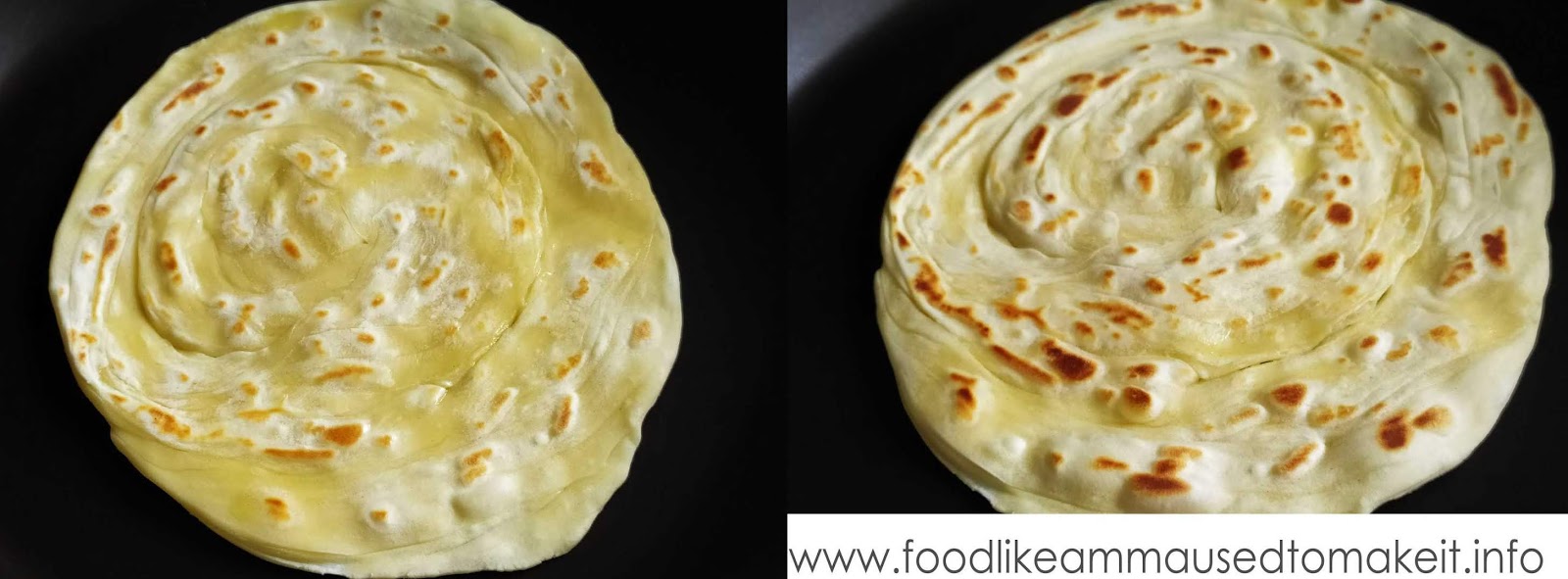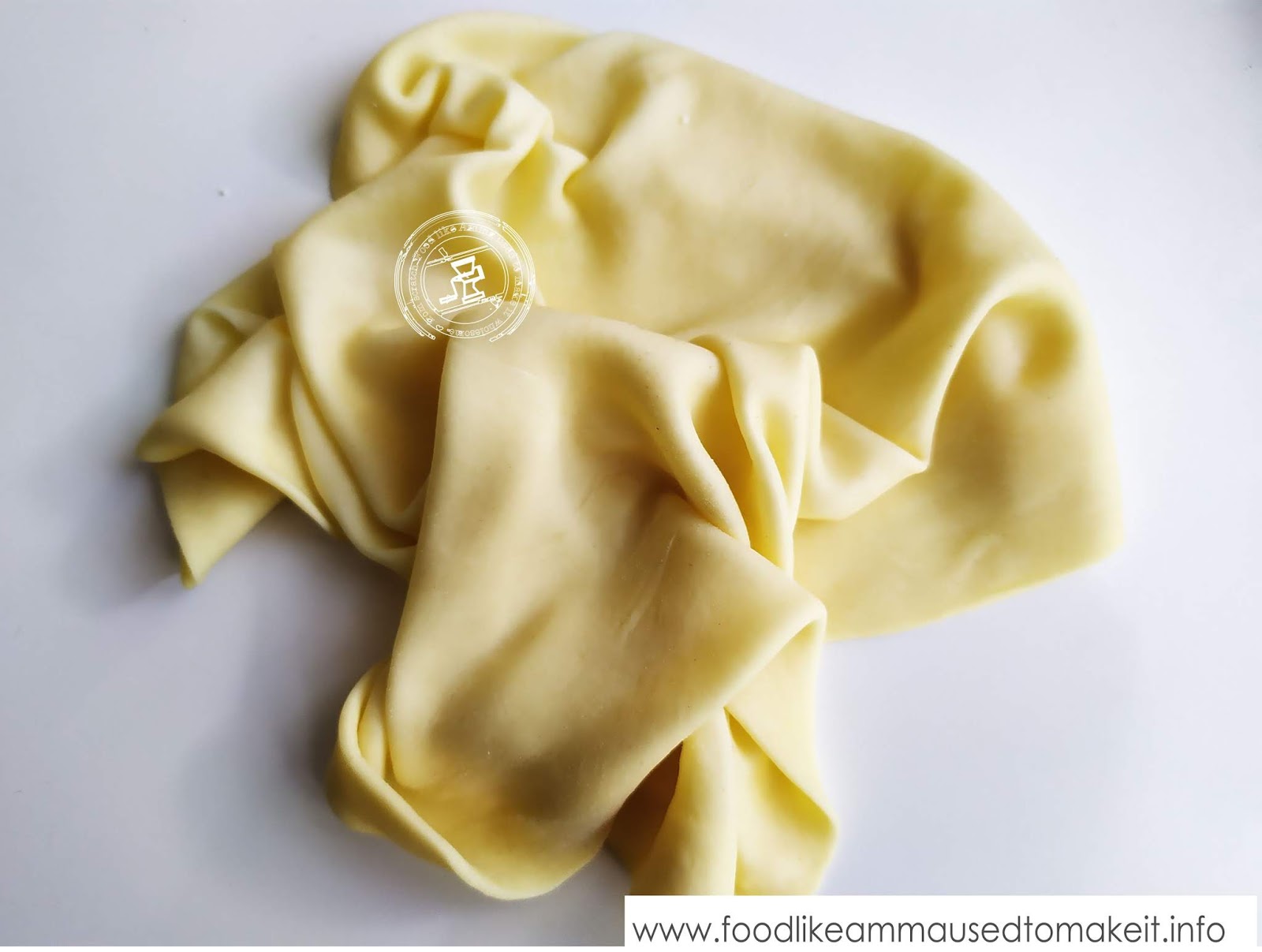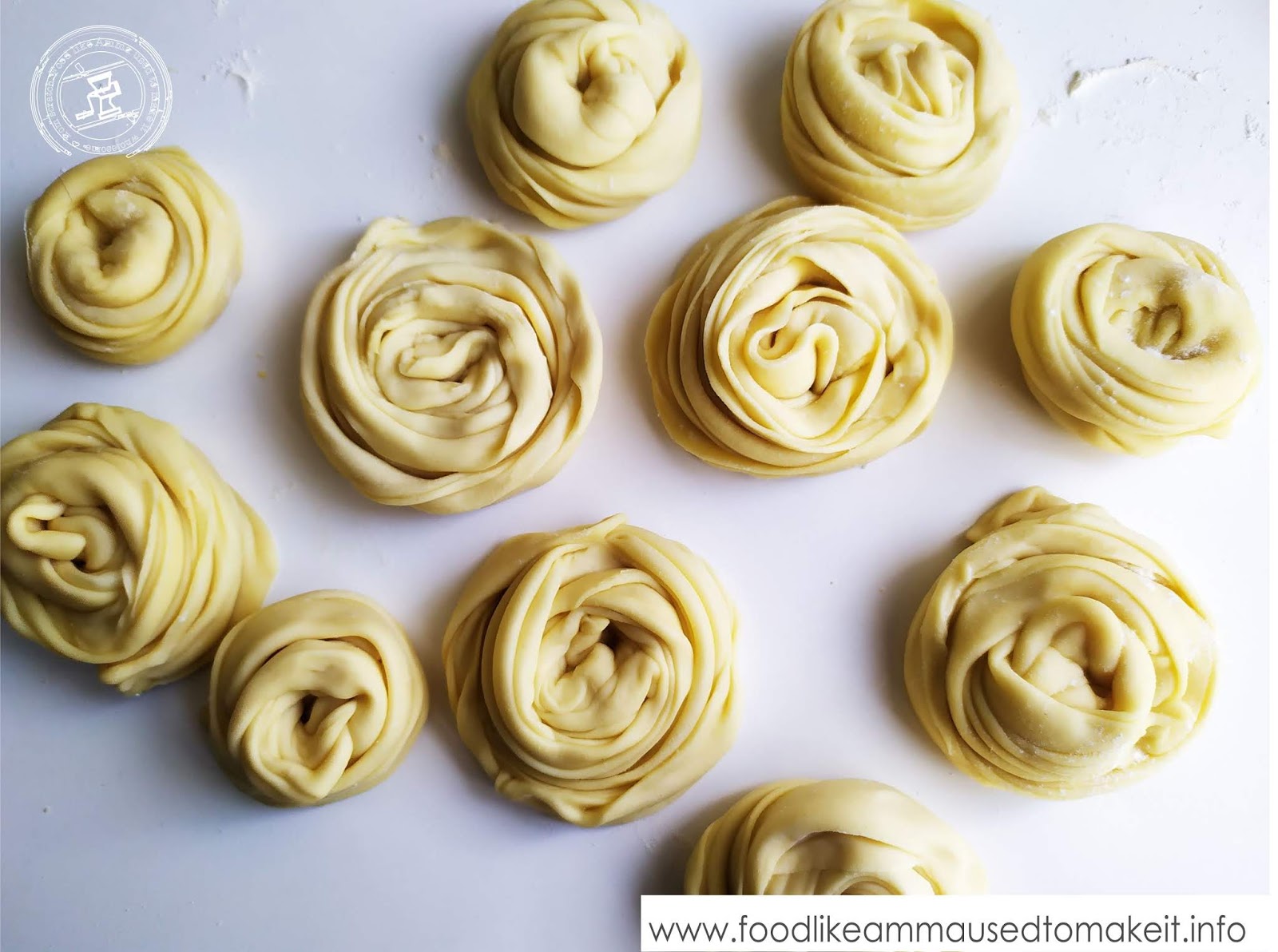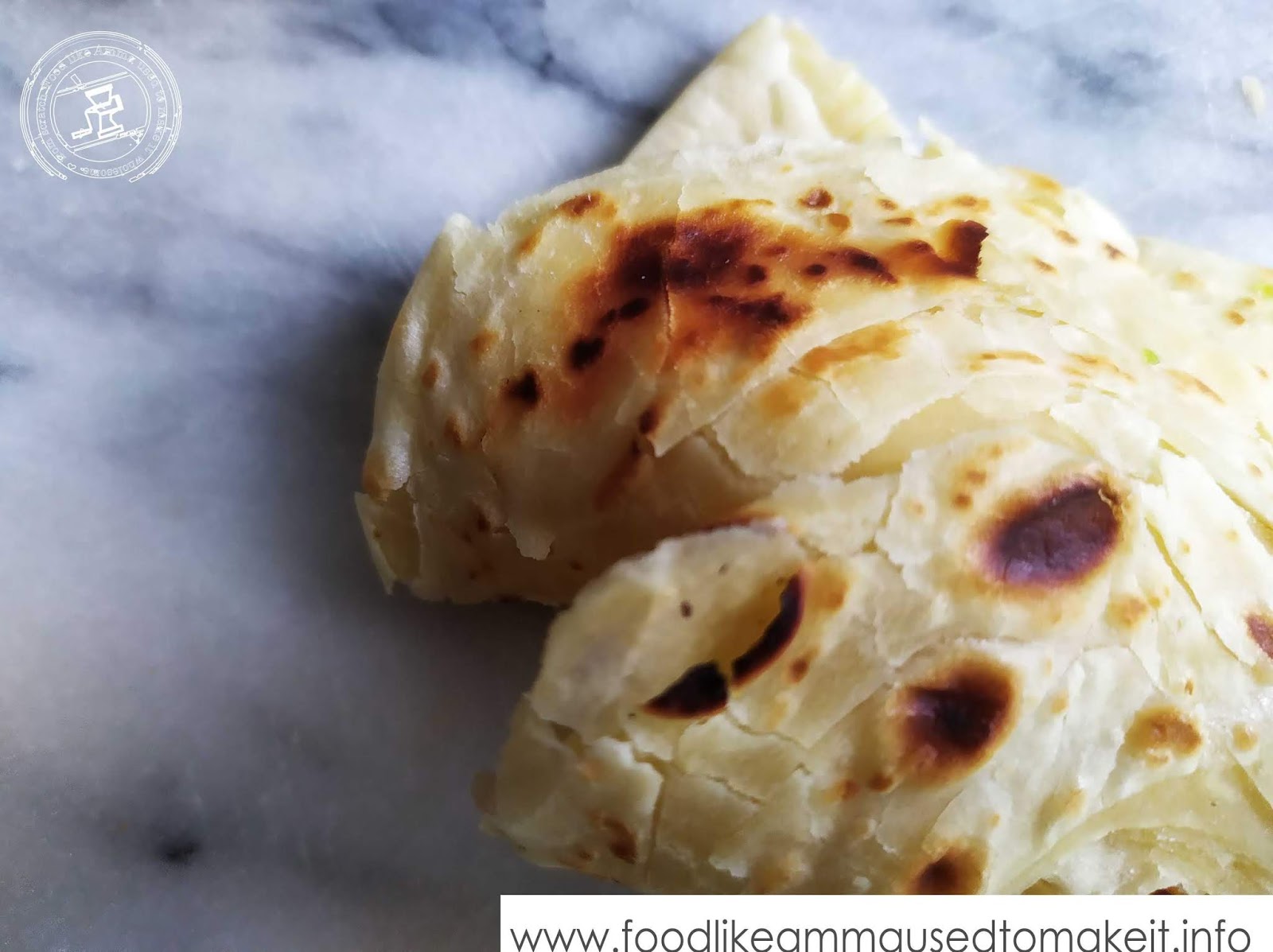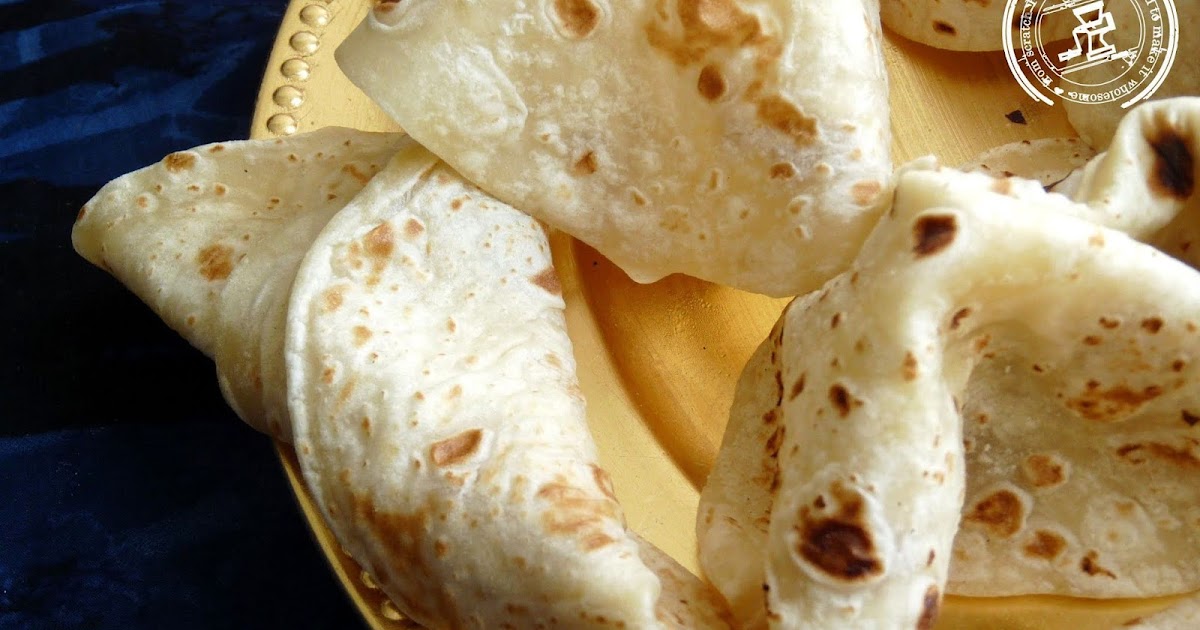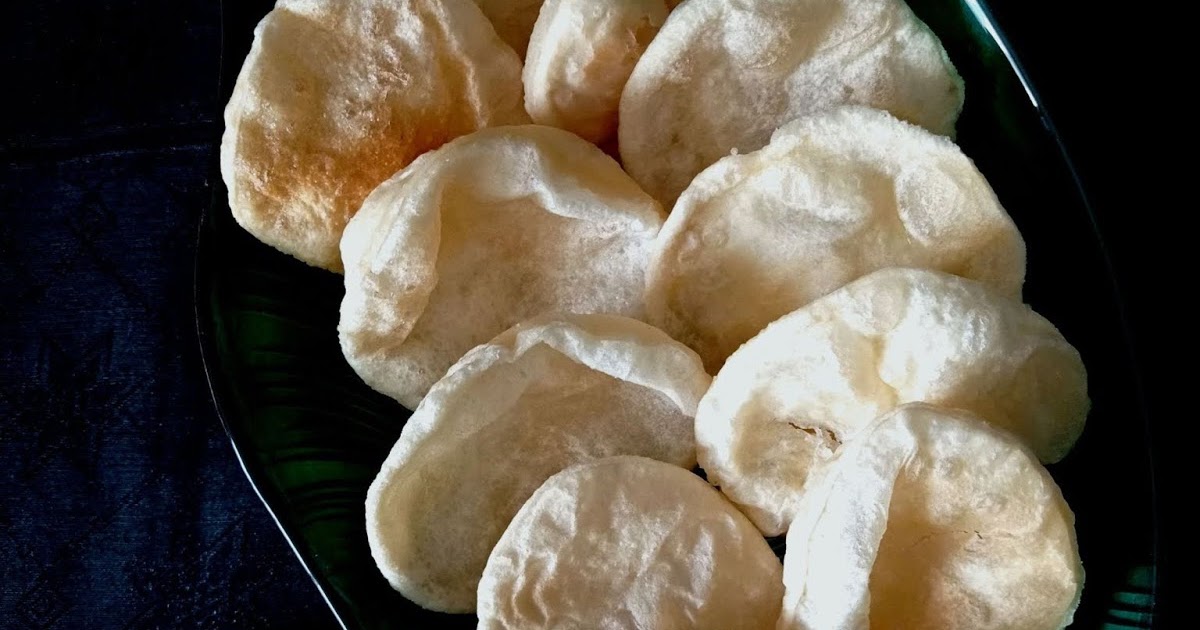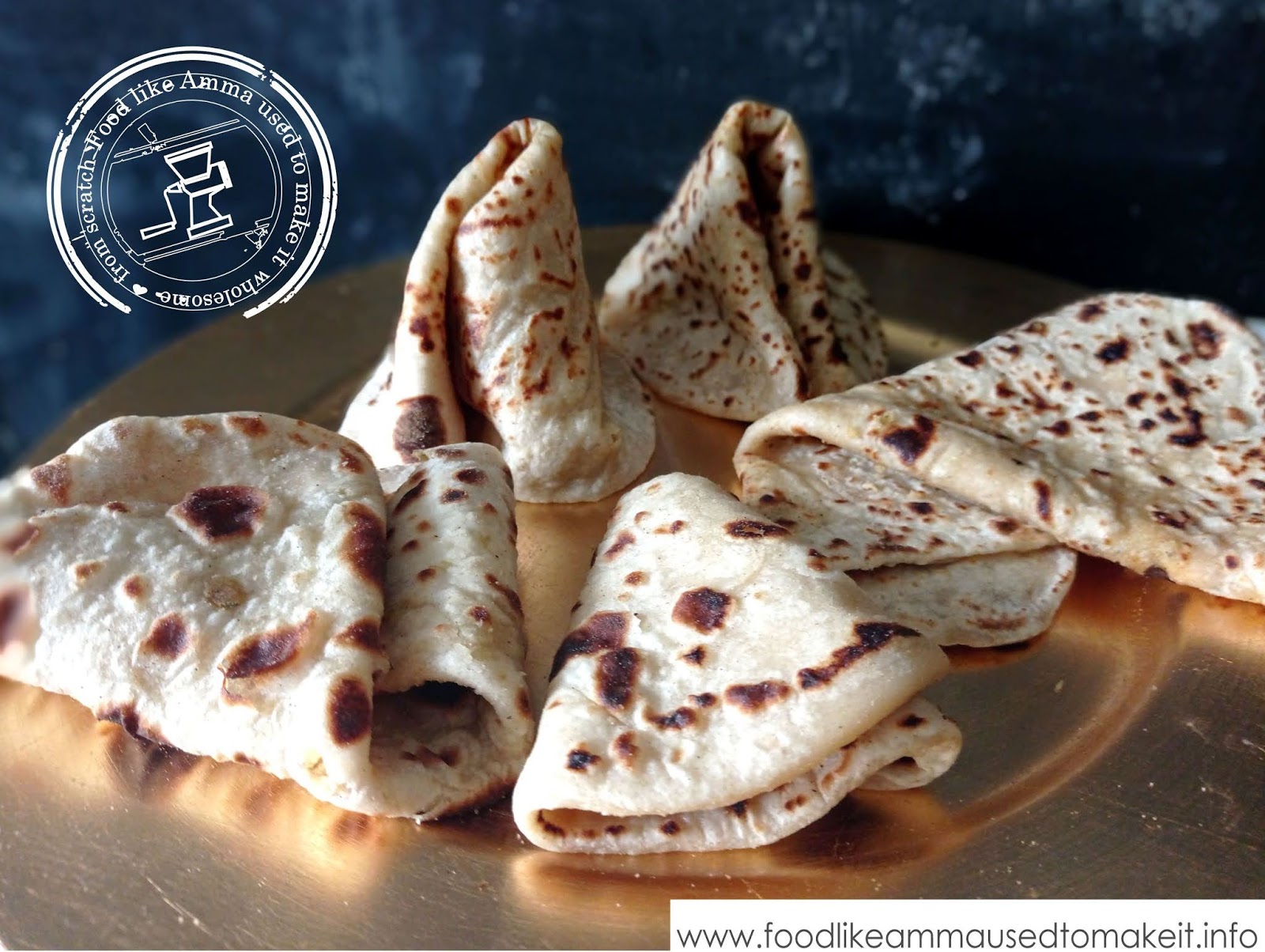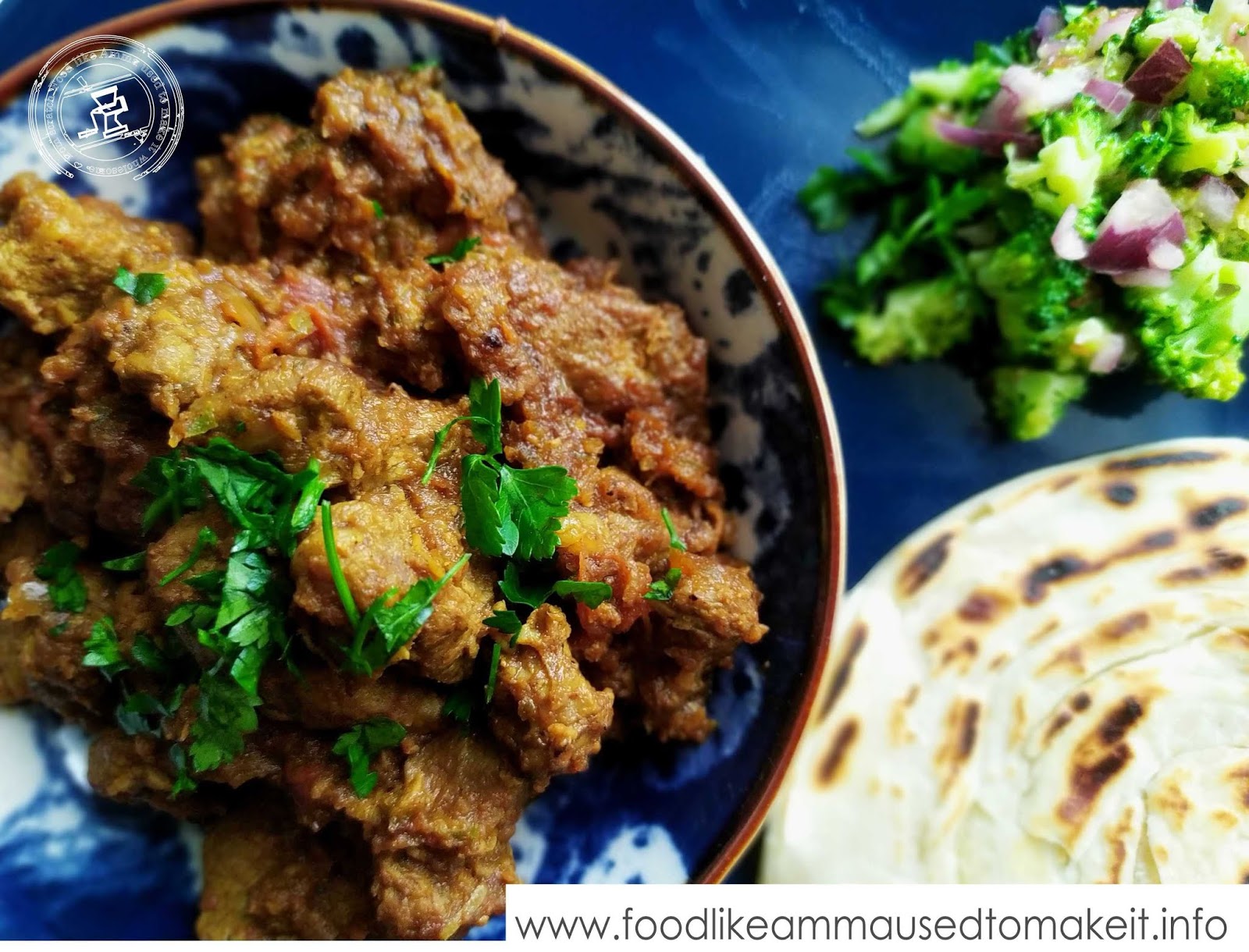Parotta is the flaky, crispy cousin of roti. Like roti and naan it is unleavened flat bread cooked on the stove top. It is my bread of choice in Sri Lankan or South Indian restaurants, they are perfect for mopping up spicy dishes like mutton fry or when chopped up to make Sri Lankan Kottu.
It is (in my opion) one of the more challenging flatbread recipes to make, mostly because of the layered appearance. Challenging as it may be it is not completely impossible to make your own parotta at home.
What is the Difference between Parotta and Paratha
Parotta and paratha are essentially the same in composition and form. Paratha is simply the ‘northern counterpart’ to parotta. Ingredients and techniques vary. I am not sure
where parotta originates from or who invented it.
Popular variants include Kerela Parato and Malabar Parotta, which originates from the southwestern shoreline of the Indian subcontinent. A fairly vast region, hence recipes for this popular flatbread vary from region to region as much as they differ within individual family recipes. Some use oil, ghee, water and or milk combined with flour for the dough. This is then rolled and shaped in various forms, one of the most common being rolled into spiral form. Parotta are then cooked on a flat pan and coated in ghee or vegetable oil. Variations to the original include adding seeds like fennel or cumin, fresh mint, or coriander. Stuffed Parotta with moong dhal or mince is also just as yummy.
Parrotta vs. Roti
Apart from flakiness, parotta also has different ingredient combinations that roti. If you have made Amma’s soft roti, you know that the secret to soft Roti is literally ‘boiled water’. Parotta on the other hand uses cold water for its pastry like texture and appearance. Some recipes use milk.
Rolling techniques also vary. Parotta is rolled into spirals then gently pressed to reveal layers when cooked. Other methods for a flaky pastry like appearance involves cutting the dough into thin strips
How to Make Parotta At Home
The secret to making flaky restaurant like parrotta lies in the dough, rolling and shaping techniques.
This is my second attempt at making Parotta. The first time I tried was a few weeks ago. I simply adapted Amma’s soft roti recipe. The results were satisfactory hence this second attempt to make a flaky, crispy parotta like my favourite restaurant does. It is not the easiest flatbread recipe, but the best teacher however is trial and error. In this post I will reveal my recipe and techniques.
Parotta has a few ingredients, flour, water, oil or ghee. The recipe I tried also includes a little milk. The use of milk in pastry weakens the connections between the gluten proteins to create softer bread. It also helps to add flavor, support browning and gives a soft texture. For a lactose version of Parotta omit the milk and use vegetable oil instead of ghee.
Parotta Ingredients
The dry ingredients are sifted the combined with wet ingredients. The mixture is kneaded until a dough forms. The dough then needs to rest to allow protein structures in flour to relax and bind, resulting in a soft more manageable parotta roti dough.
After resting the dough is separated into small balls, and then rolled into a circular shape. Roll as thin as possible. Once rolled spread with ghee and sprinkle with flour. Fold like a concertina or fan then roll into a spiral. Form all dough like this this.
How to Roll Parotta
How to Cook Parotta
I cooked the bread in the same manner as I do Roti. The pan should be hot, otherwise you end up with rock hard bread! Once all parottas are rolled, place on the pan. Cook a minute or two on each side, turning. Once satisfied with the colour, apply some ghee, set aside.
Parotta Recipe
For this recipe I have used a combination of milk and water. One cup of water (175ml water plus 50ml milk) and four cups of flour. Don’t be discouraged by the appearance of the dough at first. It appears tough and as if there is not enough liquid, trust me this will work. Keep mixing then knead until a rough ball shape forms. The key to this recipe is the resting time. After 1, 5 hours the dough becomes soft and more manageable and makes for a beautiful pastry like dough andthe end result flaky, crispy parotta roti.

Parotta Roti Recipe
14
5 Min
5 Min
Ingredients
- For the dough:
- 4 cups flour
- 75ml water
- 50 ml milk
- salt
- For spreading:
- 75g ghee
- For rolling:
- 3 tablespoons vegetable oil
- 3 tablespoons flour
Instructions
- Combine milk and water.
- Sift flour. Add salt. Make a well in the flour.
- Pour milk.
- Mix using a round edge knife
- donot add any additional water. Combine dough with knife first when a thick ball forms remove from bowl and knead on countertop.
- Knead until a rough ball shape forms. Rub a tabelspoon of vegetable oil on palms of your hand then knead the dough.
- Wrap in cling film then set asisde for 1,5 hours.
- After resting the dough will have softened and become more amangeable.
- Break dough apart into small balls 5-7 cm diameter.
- Roll each one flat as thinly as possible . Spread with leted ghee. Sprinkle flour over.
- Fold dough like a fan or concertina. Take one end and roll into a circle.
- Finish shaping all dough into spirals then begin rolling them flat.
- Roll each one, gently to retain the form of the layers.
- One all parottas are rolled. Heat a pan on medium heat. Once hot enough start to cook the flatbread.
- Cook for one minute on each side, turning until the desiored golden brown colour is achieved. Spread melted ghee over. Set aside and cover. Repeat the cooking process for all breads.
Calories
210.62
Fat (grams)
8.68
Sat. Fat (grams)
3.64
Carbs (grams)
28.71
Fiber (grams)
1.01
Net carbs
27.71
Sugar (grams)
0.1
Protein (grams)
4.01
Sodium (milligrams)
44.52
Cholesterol (grams)
14.01
Similar Recipes
Did you make this recipe?
What to Serve with Parotta?
Parotta is best served with a curry. I recommend Mutton Fry!
